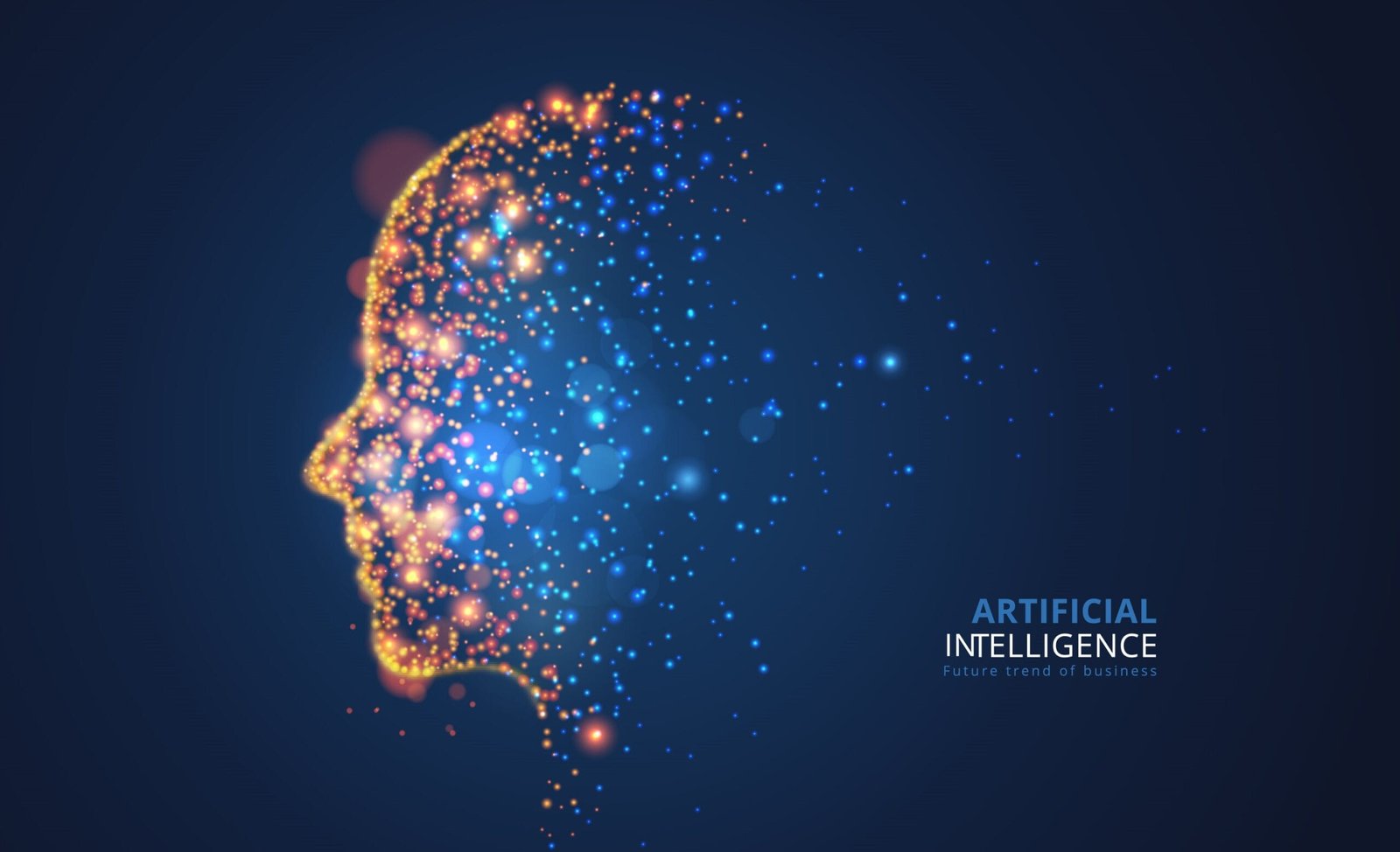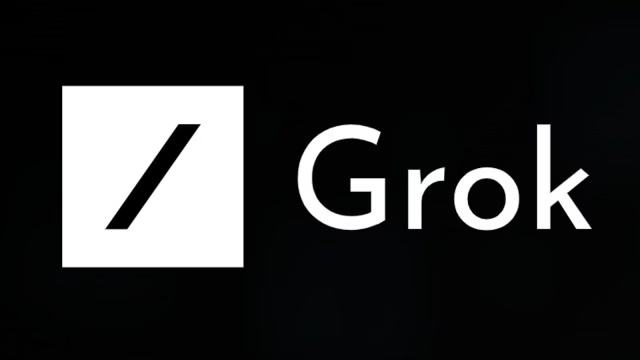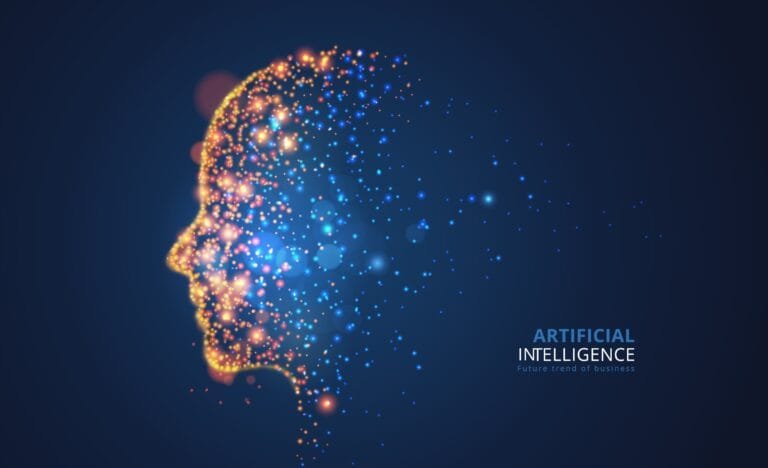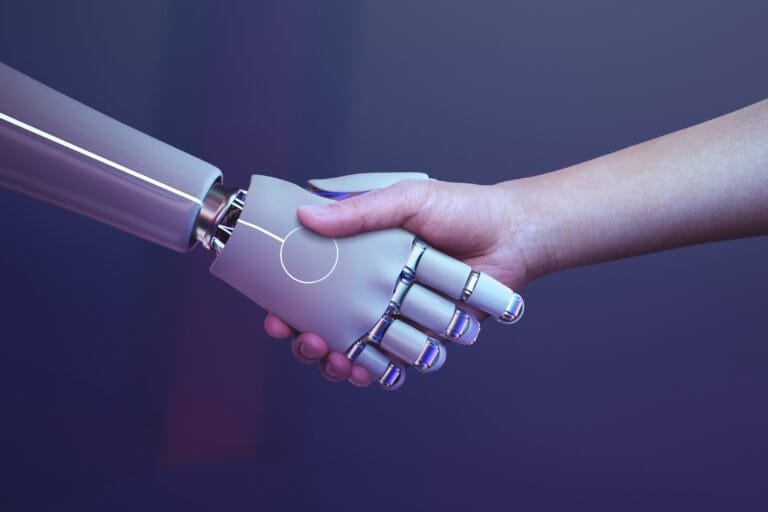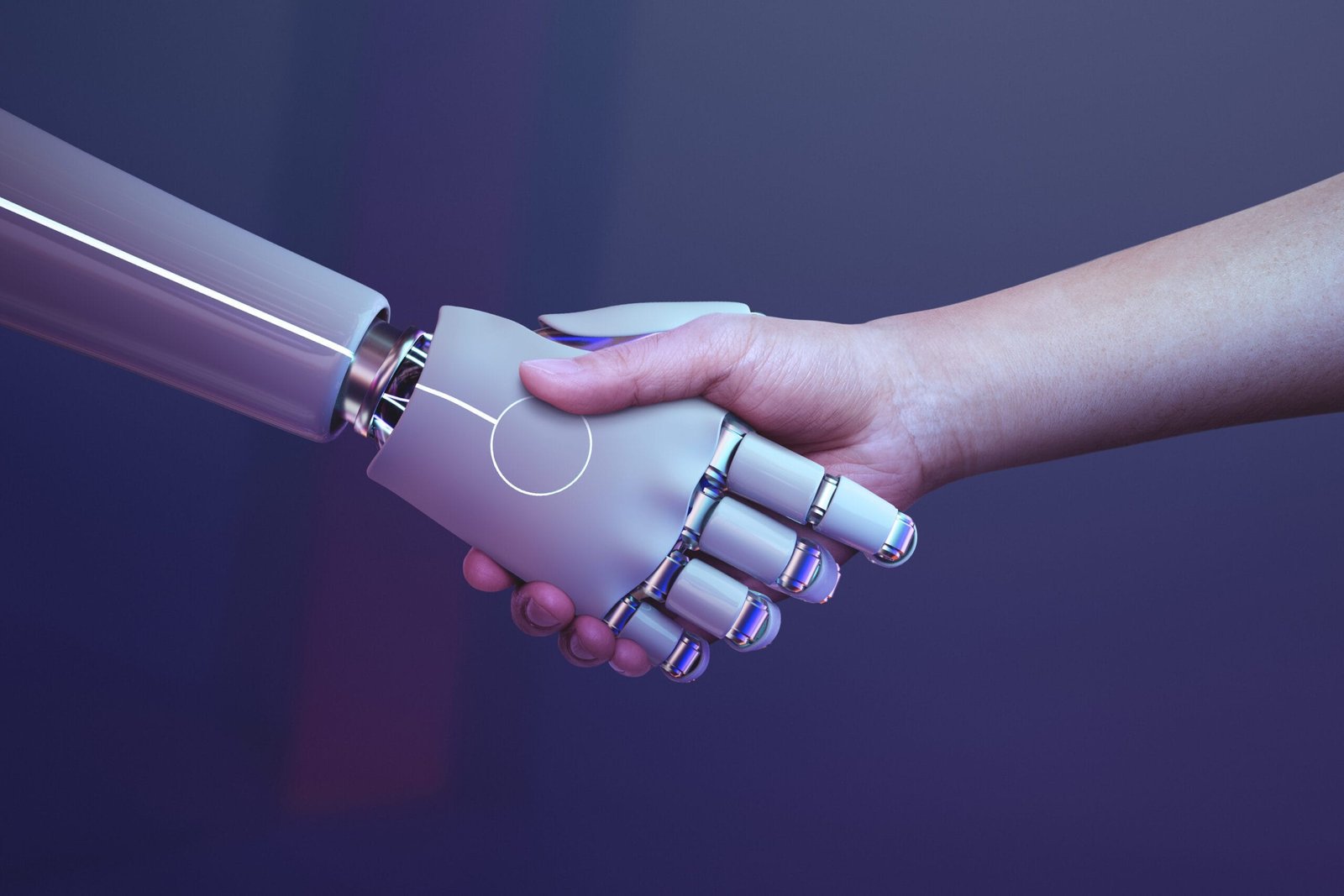The generative AI landscape has a new disruptor, and its name is DeepSeek. Since launching on January 20, 2025, this Chinese open-source AI-powered chatbot has sent shockwaves through the tech industry, surpassing OpenAI’s ChatGPT in early adoption metrics and triggering market tremors. With 16 million downloads in just 18 days—nearly double ChatGPT’s launch numbers—DeepSeek is proving that high-performing AI doesn’t have to come at an astronomical cost.
But is this just another flash-in-the-pan AI project, or does DeepSeek have the potential to redefine the global AI landscape? Let’s break down what’s happening, the controversies surrounding its rise, and what it means for the future of AI and search.
The Unprecedented Rise of DeepSeek
DeepSeek’s rapid success has forced the world to take notice. Not only is its chatbot’s performance comparable to ChatGPT, but its integration of an AI-powered search engine is challenging traditional search models. All of this is available at a fraction of the cost typically associated with developing and running large-scale AI models.
This low-cost efficiency is a game-changer. When DeepSeek launched, it shook the stock market—most notably causing Nvidia to suffer the largest single-day loss in market value for a U.S. company in history. Investors and analysts began questioning whether the billions being poured into AI development by U.S. tech giants were truly justified.
This concern isn’t just financial—it’s geopolitical. U.S. tech leaders are now openly expressing fears that America is falling behind in the AI arms race.
The Tech Behind DeepSeek’s Efficiency
DeepSeek’s breakthrough isn’t just about cost; it’s about efficiency. Unlike many Western AI models that rely heavily on supervised fine-tuning, DeepSeek employs reinforcement learning, allowing it to develop complex reasoning behaviors while significantly reducing computational costs.
Even more notably, DeepSeek utilizes a “mixture of experts” approach. Instead of relying on a single neural network to process massive amounts of data, it uses multiple smaller networks, each specialized in different tasks. This not only cuts down on processing power but also allows the AI to be more adaptable and scalable.
Controversies Surrounding DeepSeek
While DeepSeek’s rise has been impressive, it hasn’t been without controversy. Questions are swirling about its legality, security risks, and national security concerns.
Legal and Ethical Concerns
OpenAI and Microsoft are investigating whether DeepSeek improperly used OpenAI’s API and outputs to train its own model. While OpenAI argues that DeepSeek engaged in “distillation” of its outputs—a process of compressing AI knowledge into smaller models—there’s little legal precedent to determine if this constitutes intellectual property theft.
The irony? OpenAI itself is facing multiple lawsuits for scraping copyrighted content without permission. This raises a larger ethical debate where do we draw the line between innovation and intellectual property infringement in AI?
Security Breaches and Data Privacy
DeepSeek’s security credentials took a major hit when cybersecurity firm Wiz Research revealed it had hacked into the AI’s database with ease. The breach exposed user data, API keys, and potential vulnerabilities, raising concerns about how securely DeepSeek handles sensitive information.
Given that DeepSeek is a Chinese company, governments and businesses are also concerned about data privacy. Could DeepSeek’s user data collection be a potential national security risk, much like TikTok? The U.S. government has already banned TikTok on certain government devices, and similar discussions are underway regarding DeepSeek.
Censorship and Government Influence
Independent research, including an investigation by Wired, has confirmed that DeepSeek censors results in accordance with Chinese government regulations, restricting discussions on politically sensitive topics. While some workarounds exist for tech-savvy users, they require significant computing resources.
For AI purists who value free speech, this is a major red flag. If DeepSeek gains traction globally, could censorship become more embedded in AI-powered search and chat models?
How DeepSeek’s Open Source Approach Changes the AI Game
DeepSeek’s open-source model is as transparent as any large language model (LLM) has been. While OpenAI and Google keep their AI architectures and training data under lock and key, DeepSeek allows developers to download and modify its source code.
This could be a pivotal moment in AI history. Open-source AI makes the technology more accessible to smaller companies and developers, potentially decentralizing AI development and reducing reliance on tech giants. But it also introduces risks—especially regarding security vulnerabilities and misuse by malicious actors.
The Future of AI and Search in a DeepSeek Influenced World
The launch of DeepSeek raises big questions about the future of AI and search. Traditional search engines like Google are already grappling with AI-generated answers replacing traditional search result pages. Now, with an open-source alternative shaking up the market, we could see a fundamental shift in how users access information online.
For SEO professionals, this means rapid adaptation. Just as SEO experts optimized for Google’s ranking algorithms, they may now need to consider how AI-driven search functions interpret and prioritize information.
Final Thoughts on Whether DeepSeek is Here to Stay
DeepSeek’s rise is one of the most disruptive moments in AI history. If the U.S. and other governments move to ban it over security concerns, its global reach could be stunted. However, even if DeepSeek itself doesn’t dominate in the long run, the precedent it sets for low-cost, open-source AI is undeniable.
Whether it’s DeepSeek or the next AI breakthrough, one thing is certain the AI race has never been more competitive, and the rules of the game are being rewritten in real time.

